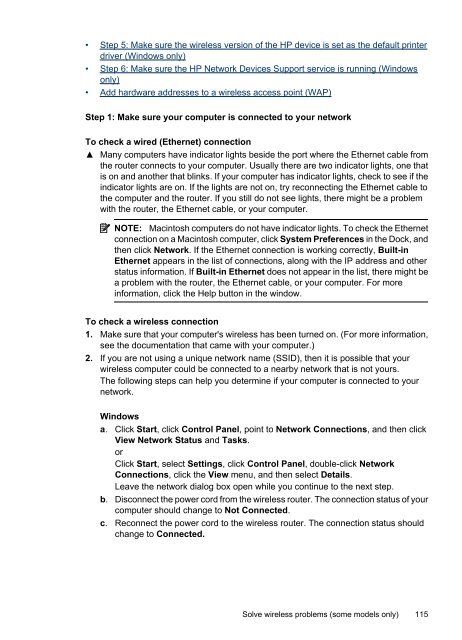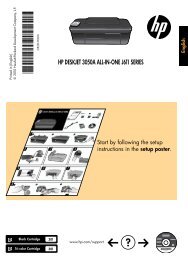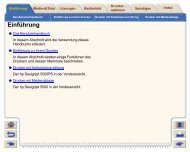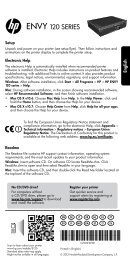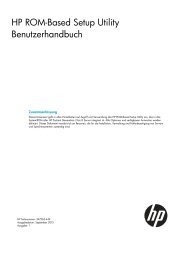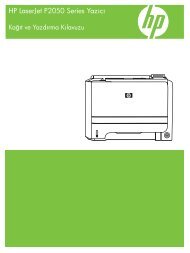HP Officejet 4500 (G510) - FTP Directory Listing - Hewlett Packard
HP Officejet 4500 (G510) - FTP Directory Listing - Hewlett Packard
HP Officejet 4500 (G510) - FTP Directory Listing - Hewlett Packard
Create successful ePaper yourself
Turn your PDF publications into a flip-book with our unique Google optimized e-Paper software.
• Step 5: Make sure the wireless version of the <strong>HP</strong> device is set as the default printer<br />
driver (Windows only)<br />
• Step 6: Make sure the <strong>HP</strong> Network Devices Support service is running (Windows<br />
only)<br />
• Add hardware addresses to a wireless access point (WAP)<br />
Step 1: Make sure your computer is connected to your network<br />
To check a wired (Ethernet) connection<br />
▲ Many computers have indicator lights beside the port where the Ethernet cable from<br />
the router connects to your computer. Usually there are two indicator lights, one that<br />
is on and another that blinks. If your computer has indicator lights, check to see if the<br />
indicator lights are on. If the lights are not on, try reconnecting the Ethernet cable to<br />
the computer and the router. If you still do not see lights, there might be a problem<br />
with the router, the Ethernet cable, or your computer.<br />
NOTE: Macintosh computers do not have indicator lights. To check the Ethernet<br />
connection on a Macintosh computer, click System Preferences in the Dock, and<br />
then click Network. If the Ethernet connection is working correctly, Built-in<br />
Ethernet appears in the list of connections, along with the IP address and other<br />
status information. If Built-in Ethernet does not appear in the list, there might be<br />
a problem with the router, the Ethernet cable, or your computer. For more<br />
information, click the Help button in the window.<br />
To check a wireless connection<br />
1. Make sure that your computer's wireless has been turned on. (For more information,<br />
see the documentation that came with your computer.)<br />
2. If you are not using a unique network name (SSID), then it is possible that your<br />
wireless computer could be connected to a nearby network that is not yours.<br />
The following steps can help you determine if your computer is connected to your<br />
network.<br />
Windows<br />
a. Click Start, click Control Panel, point to Network Connections, and then click<br />
View Network Status and Tasks.<br />
or<br />
Click Start, select Settings, click Control Panel, double-click Network<br />
Connections, click the View menu, and then select Details.<br />
Leave the network dialog box open while you continue to the next step.<br />
b. Disconnect the power cord from the wireless router. The connection status of your<br />
computer should change to Not Connected.<br />
c. Reconnect the power cord to the wireless router. The connection status should<br />
change to Connected.<br />
Solve wireless problems (some models only) 115


